Attachment Advice: Expert Operational Tips on Four Machine-Attachment Pairings
I’m going to state the obvious: Attachments are the bread and butter of compact equipment. Skid steers, mini excavators, tractors and more all rely on the versatility attachments provide. But, operators need to know how to properly select, use and maintain these tools to get the most bang for their buck. Below, we’ve gathered advice from industry experts on some popular machine-attachment pairings. Enjoy!
Grapple + Compact Tractor
Get a Firm Grasp on Grapple Operation with Tips from Joel Hicks, Kioti’s Associate Product Line Manager

Whether you’re moving earth or unloading materials, the durability and functional design of a grapple is excellent for grasping, lifting and raking. To get the most out of your grapple and tractor pairing, consider these tips:
- Be sure to utilize AR400 steel in key areas to reduce weight without significantly impacting lift capacity. Always operate within the recommended capacity to avoid structural damage or safety hazards.
- Before getting to work, ensure your grapple is securely attached to the tractor at the designated attachment points. Otherwise, you may be in for an unsteady ride, leading to compromised performance.
- Stick to your maintenance routine to increase uptime. This includes monitoring for wear and tear, lubricating moving parts and inspecting hydraulic systems. Grapples with built-in cylinder and hose protection enhance durability and safety while optimizing productivity on the job.
- Although wide opening jaws with multi-stage teeth are trusted to grip and hold various items, remember to operate your machinery smoothly to minimize wear and strain. Jerky and rushed movements can pose a risk to your equipment’s performance and lifespan.
- Above all, undergo adequate training to familiarize yourself with safety precautions and techniques before operating.
Tiltrotator + Mini Excavator
Lee Padgett, Product Manager at Takeuchi-US, Offers Advice
to Maximize Tiltrotator Usage
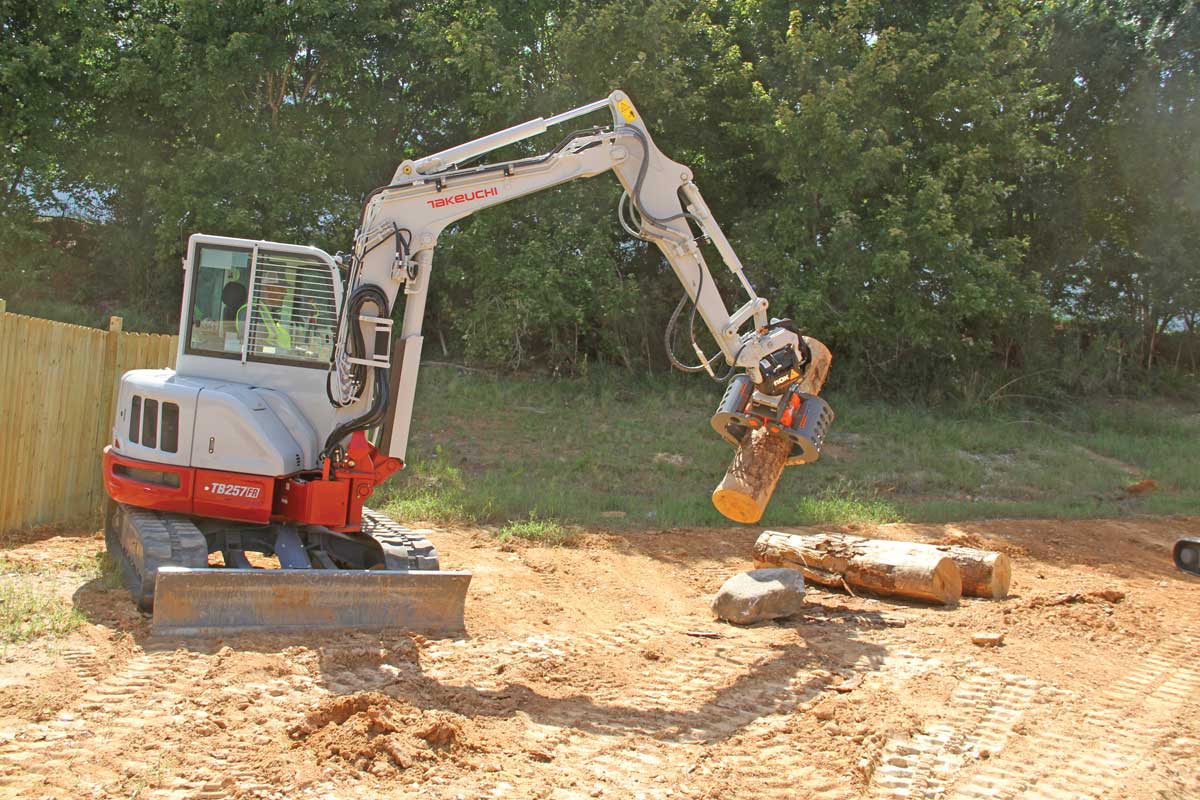
Before operating an excavator with a tiltrotator, make sure you thoroughly understand the specifications and limitations of both the tiltrotator attachment and the excavator. This includes weight capacities, tilt angles and hydraulic pressure requirements. Adjust your excavator’s hydraulic settings to match the tiltrotator’s requirements to ensure smooth operation and optimal performance. Before starting a job, consider the project’s requirements as well as the jobsite’s layout. Think ahead about how you’ll use the tiltrotator to accomplish tasks most effectively, considering factors like access, soil conditions and any nearby obstacles. And remember, safety first. Always be aware of your surroundings, particularly in confined spaces or around other workers to prevent accidents and injuries. Finally, find ways to improve your tiltrotator skills. Practice using the tilt and rotation functions to achieve accurate positioning and efficient operation. Ask experienced operators for advice and learn how to improve your skills along the way.
Hammer + Mini Excavator
Daniel Kakareka, Product Marketing Manager of Construction Products for New Holland Construction, Breaks Down Proper Hammer Operation
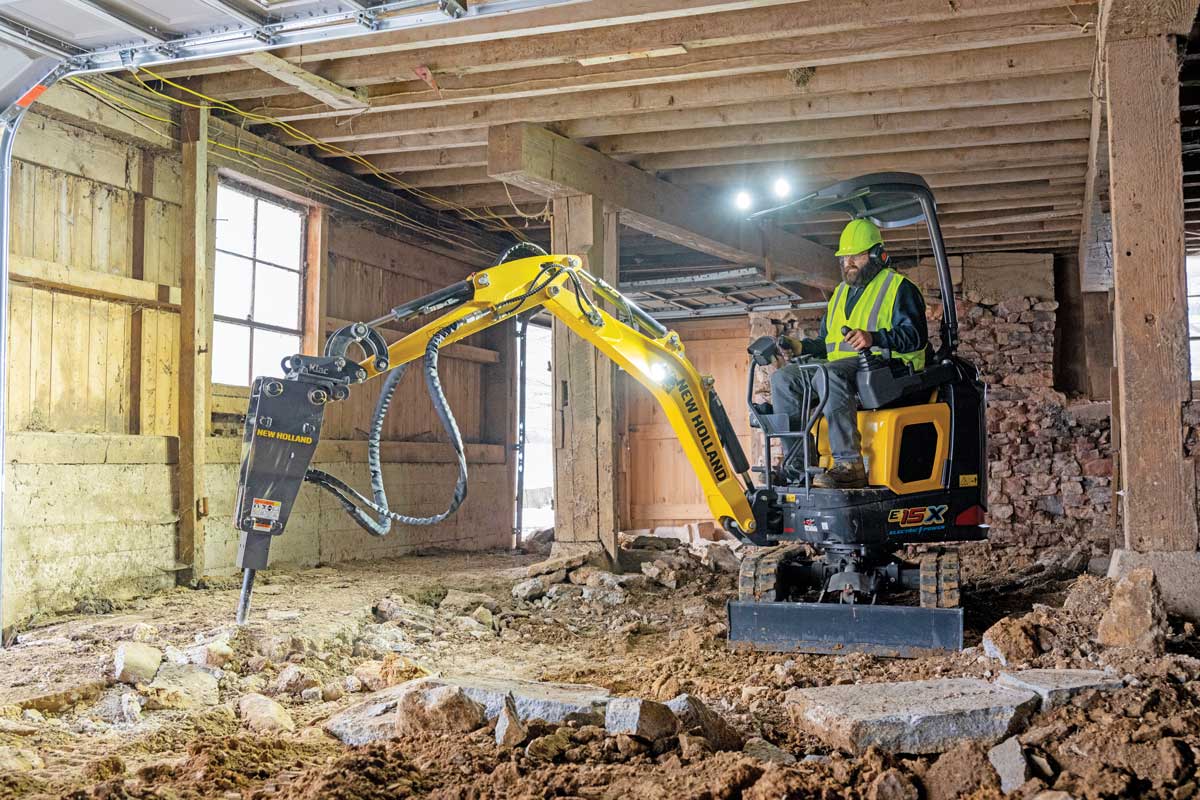
Hydraulic hammers are most often paired with excavators and backhoes and are generally used to break rock or solid ground. A good operator can extend the life of his or her hydraulic hammer to ensure a more productive and healthy life for their attachment by following these guidelines:
- Choose the right tip or tool for the job. There are many types of materials your machine will be working in, and the right tip will help achieve the best results. Common options are moil, chisel and blunt. Other types include asphalt breakers, pyramid points and wedge tips.
- Always ensure that your hammer is properly greased. Grease acts as a lubricant for the moving parts in your hammer. Keeping it greased will help reduce premature wear.
- Never hammer at the same position for more than 15 seconds. This can lead to excessive wear on your hammer by increasing the hydraulic temperature.
- Don’t activate the hammer until the hammer tip is in the secure work position. Work in from the edges instead of the center out on larger objects. This will reduce the risk of uncontrolled fractures.
- Don’t use the tip as a pry bar. A hammer is designed to take massive blows vertically but not horizontally. Doing so could cause major internal failures.
- Make sure your operating area is clear of coworkers. Debris can move fast and can fly in any direction.
- Jobsite safety and wearing proper personal protective equipment is critical when operating a hammer.
Cold Planer + Skid Steer/Compact Track Loader
FAE USA Talks Cold Planers with John Deluca of A. Deluca Paving
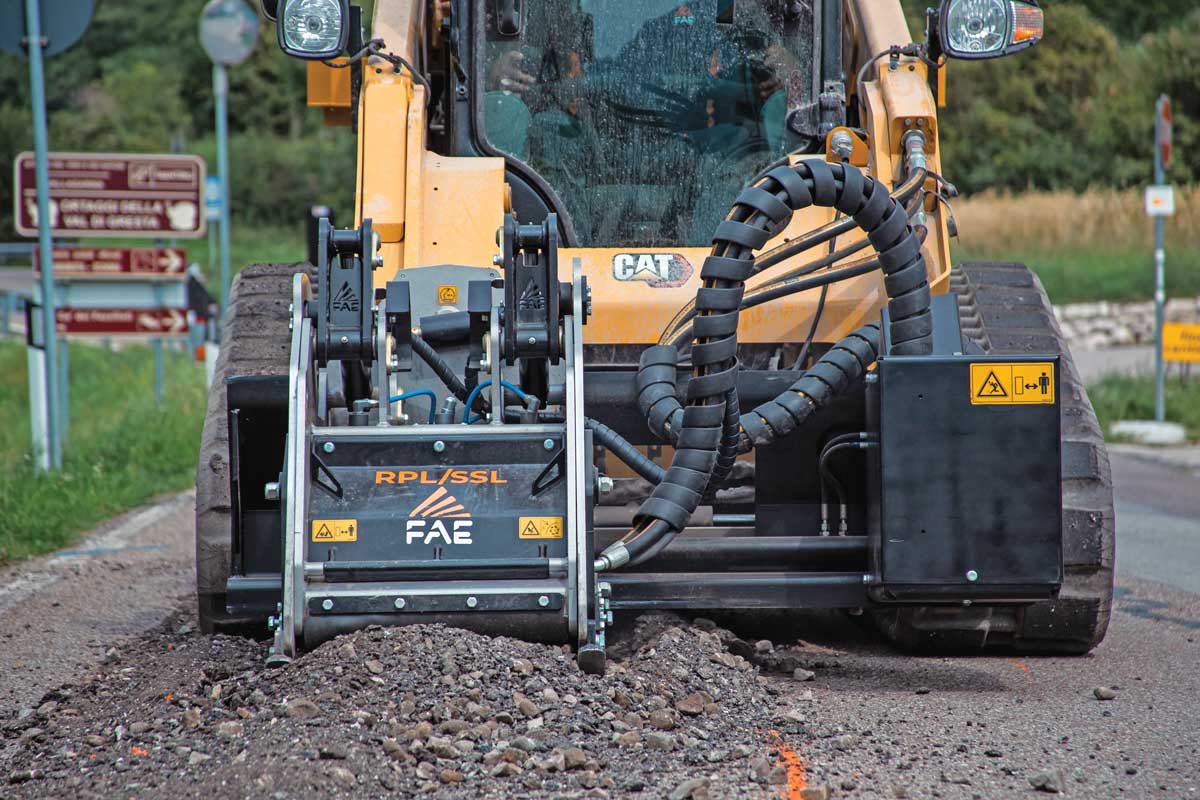
FAE USA spoke to John Deluca of A. Deluca Paving for some key tips for asphalt milling with cold planer attachments. He commented on some things to look for in a cold planer attachment. “You need weight to keep your machine inside the cut. Sometimes, some of the lighter planers [on the market] are a little too light, and it’s hard to get weight on them to sink into the blacktop.” He explained that being able to sink into the blacktop lets you cut deeper, allowing you to finish a job in fewer passes. “If the blacktop isn’t that hard, you can even cut sometimes in one pass.” He also spoke about the benefits of using a water spray system with cold planer attachments. Water spray systems are a great tool for reducing dust and keeping teeth cool. Deluca explained that having a water spray system built into the frame of your planer provides added weight to ensure that the planer stays in the cut. “That adds extra weight where the cut is. You need weight to keep the machine inside the cut, [and] that way you have your weight right where you need it.”

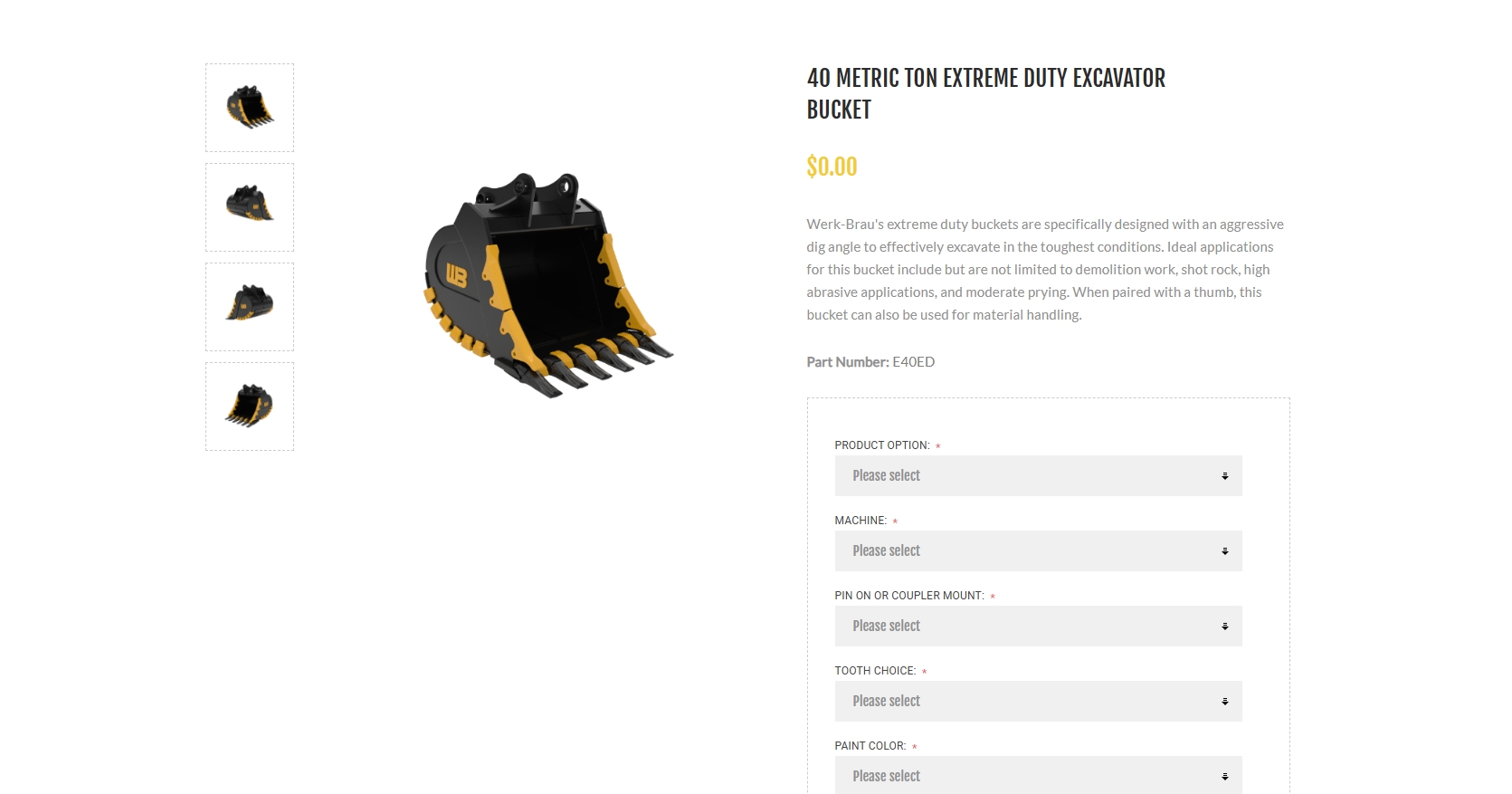
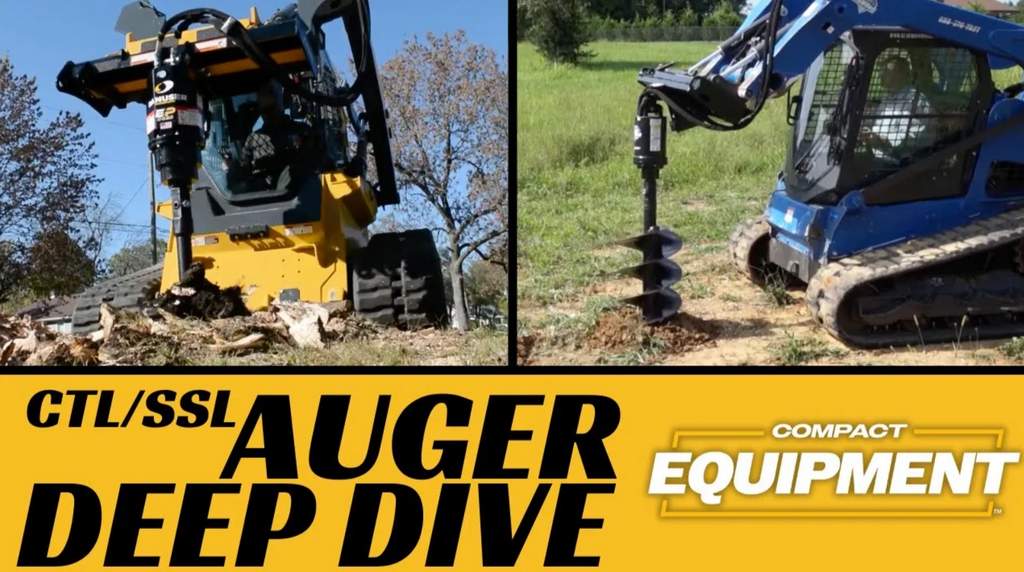
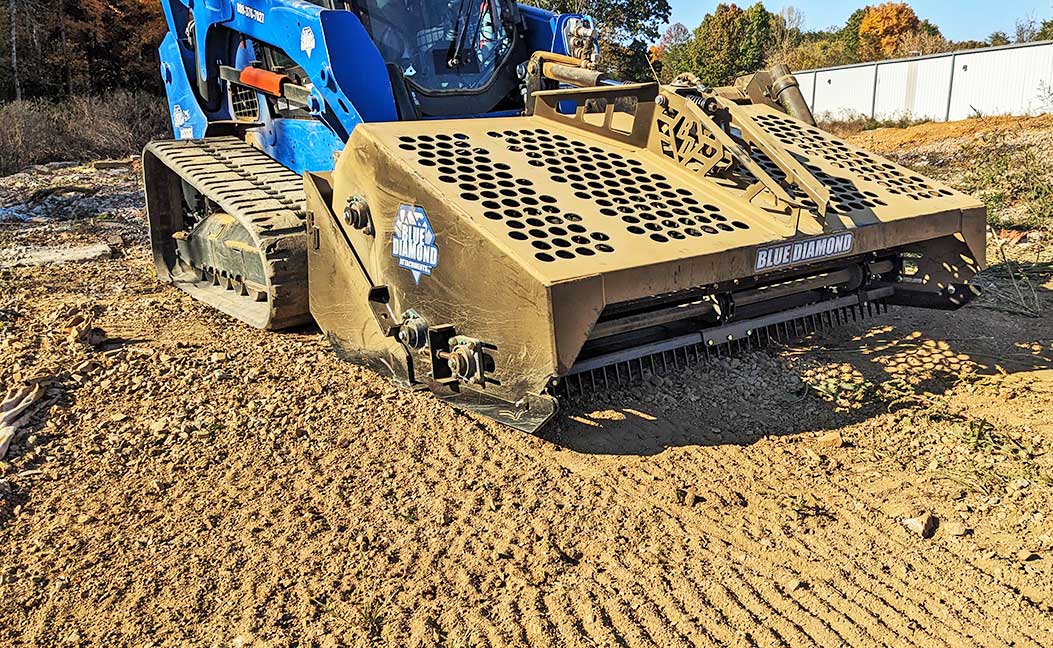
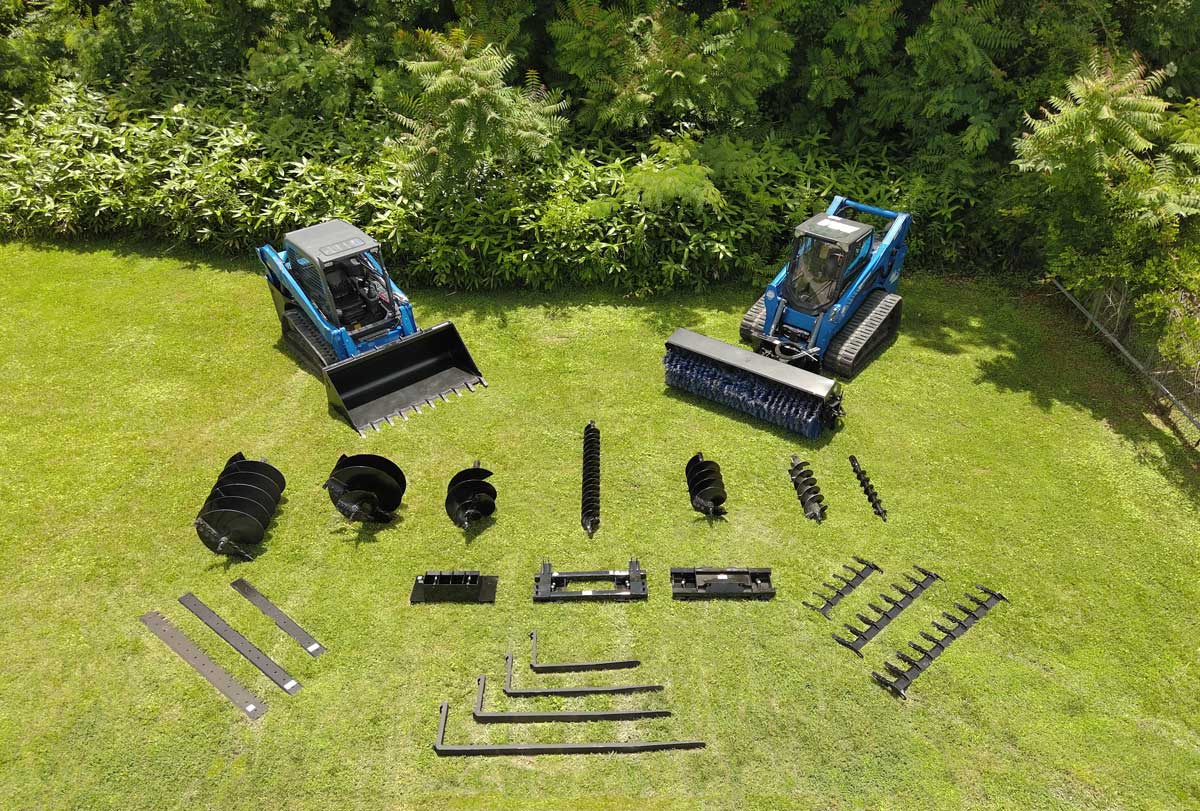
Comments are closed here.